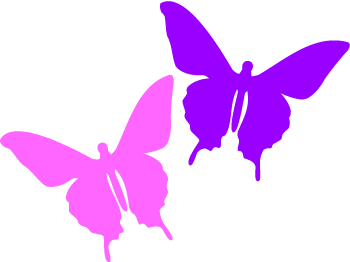Butterfly populations are a very good indicator of the health of an area's ecosystem !!
Also known as Purple Dukes.
This colorful butterfly is from Southeast Asia and Cambodia is known for its stunning, multi colored wings.
They are found in gardens and forests where they feed on nectar and play a key role as pollinators. The common name of the butterfly is reference to its showy and bright appearance which is especially true in the males of the species.
Their dark brownish green wings with white and crimson markings make them very appealing.
Upon closer inspection, you’ll notice a number of intriguing details.
They are medium large, and have black wings with bright green and blue or purple bands and markings.
The ventral wings have colors and patterns that are designed to provide camouflage on foliage when the wings are folded.
There is sexual dimorphism in the colors.
The males of the species have more intense blues, greens, and purple hues and the females have paler and duller tones.
The males practice mud puddling, gathering essential salts and minerals, and transferring them to the females they are mating through their sperm, while mating.
Subsequently, the males are frequent puddlers as they need to replenish the sodium they've lost after mating.
Old or worn out females that have less chance of mating again practice puddling to replenish their sodium reserves.
Also, many female butterfly species do not re-mate, which forces them to gather nutrients (mud puddle) on their own.
* As members of the Brush Footed (Nymphalidae) family, they use their shorter of front legs for food tasting, and their two pairs of longer rear legs for propulsion.

Diet: caterpillars feed on Macrosolen cochinchinensis and Scurrula parasitica.
Diet: adult take nectar, and males exhibit mud puddling behavior to take salt and other minerals.
Avg. Wingspan: 7.5 - 10 cm / 3 - 4 “
Family: Nymphalidae

The single biggest threat to butterfly survival is habitat destruction!!




